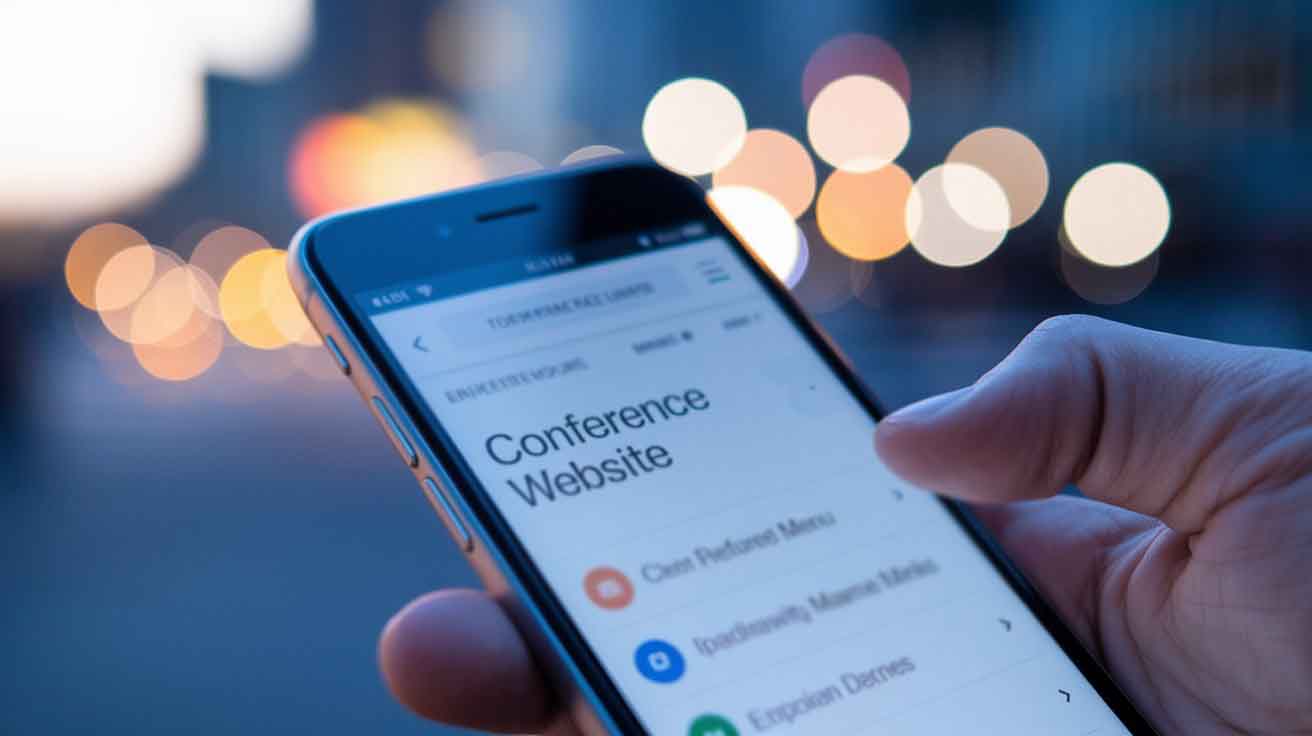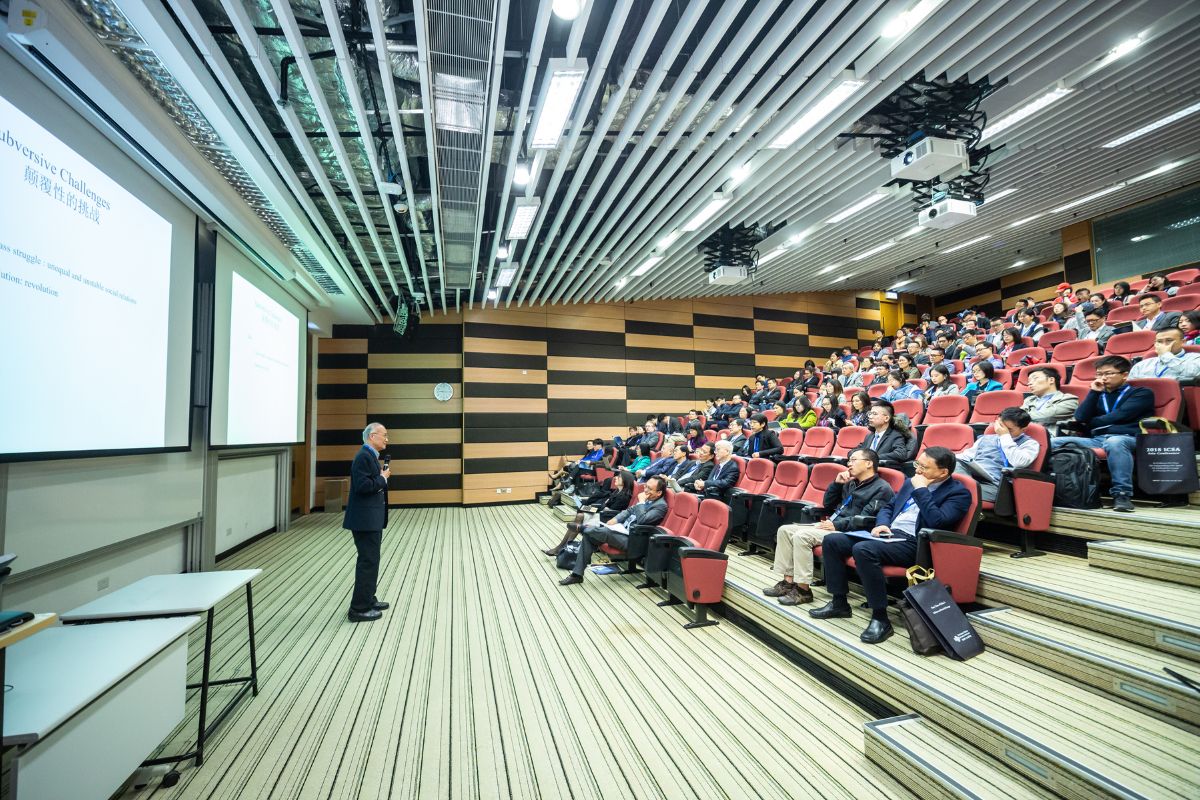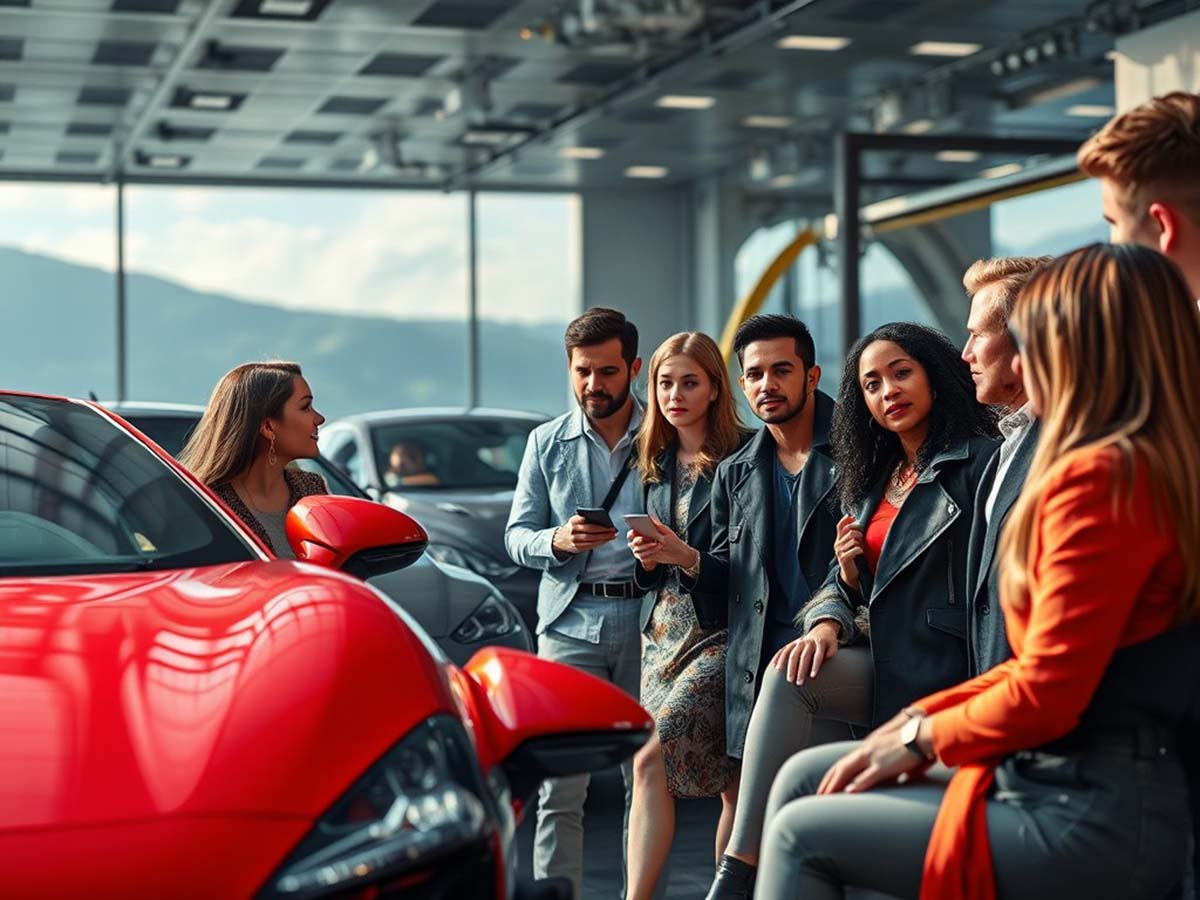How AI is Changing Work, Learning, and Trust
Artificial intelligence has moved from science fiction into the everyday fabric of how we live, work, shop, learn, and create. In the simplest terms, AI is the ability of computers to perform tasks that normally require human intelligence recognizing patterns, understanding language, making predictions, and adapting based on data. But that simple definition hides something bigger: AI is less like a single invention and more like a toolkit of methods that can be applied almost anywhere, from medicine to music. For organizers and those responsible for shaping professional gatherings, this shift increasingly influences how experiences are designed, information is shared, and trust is built.
What AI is (and what it isn’t)
When most people say “AI,” they often mean one of two things. The first is machine learning, where a system learns patterns from examples rather than being programmed with explicit rules for every situation. The second is generative AI, which produces new content: text, images, audio, code, based on patterns learned from vast datasets.
AI is powerful because it can process enormous amounts of information quickly and notice relationships humans might miss. At the same time, it’s not magical. An AI system doesn’t “understand” the world the way a person does. It doesn’t have experiences, feelings, or common sense in the human sense. It predicts what is likely to be correct based on data it has seen, which means it can be brilliant in one context and unreliable in another.
The quiet revolution: AI as infrastructure
A lot of AI’s impact is invisible. Recommendation systems decide which videos you see, which products are suggested, and which posts rise to the top of your feed. Navigation apps use AI to predict traffic, reroute you, and estimate arrival times. Email providers filter spam with models trained on millions of suspicious messages. Banks use AI to detect fraud by spotting unusual behavior in transaction patterns. This same infrastructure increasingly affects how people discover events, speakers, and professional communities.
This “infrastructure AI” isn’t flashy, but it shapes daily life. It’s also where the conversation gets complicated. These systems can save time and reduce harm (like blocking phishing attempts), but they can also distort incentives, pushing content that keeps attention rather than content that informs, or creating filter bubbles where people see only what they already agree with.
Generative AI: a new interface for knowledge and creativity
The more visible shift in recent years has been generative AI. Instead of clicking through menus or searching for the right keyword, people can describe what they want in natural language: “Summarize this document,” “Draft an email with a friendly tone,” “Brainstorm a marketing slogan,” or “Explain photosynthesis like I’m twelve.”
For knowledge work, this feels like a new kind of interface, less like a tool you operate and more like a collaborator you direct. Writers use it to break through blank-page paralysis or generate alternate headlines. Developers use it to draft code, explore ideas, and troubleshoot errors. Designers use it to rapidly prototype visuals or concepts before refining them.
However, generative AI also introduces a new skill: prompting and verification. The best outcomes happen when the user is clear about goals, constraints, tone, and audience. And when they double-check facts, logic, and sources. AI can be helpful at creating a first draft, but humans still need to be responsible for accuracy, intent, and impact.
AI in education: tutor, tool, and temptation
Education may be one of the biggest arenas for AI’s long-term influence. Used well, AI can provide personalized practice, explain concepts in multiple ways, and offer feedback at scale, especially valuable when teachers are overloaded. A student can ask endless questions without feeling embarrassed. AI can also help with accessibility: converting text to simpler language, supporting learners with disabilities, or translating material across languages.
But the temptation is obvious: if a model can write essays, students might outsource thinking. The challenge for educators becomes designing assignments that measure understanding rather than output. Oral exams, in-class writing, project-based learning, and reflective prompts become more important. In the best case, AI lifts routine burdens and frees time for deeper learning. In the worst case, it becomes a shortcut that erodes skills.
AI at work: augmentation vs. automation
AI raises a recurring fear: will it replace jobs? The honest answer is that it will change many jobs, some will shrink, some will expand, some will transform, and some new ones will appear. Historically, automation often removes certain tasks rather than entire professions. The key question is whether societies and organizations handle the transition responsibly.
In many roles, AI is an augmentation tool: it speeds up drafting, summarizing, sorting, and analyzing. In event contexts, similar patterns are already emerging with AI in conference management. Customer support teams use AI to suggest responses, lawyers use it to sift through documents, HR uses it to streamline scheduling and candidate screening, finance teams use it for forecasting and anomaly detection. When AI takes over repetitive tasks, people can focus on judgment, relationships, and strategy.
But augmentation isn’t guaranteed. In some environments, AI becomes a reason to demand more output from fewer people. There’s also a risk of “automation complacency,” where humans trust the system too much and stop checking. The healthiest approach is to treat AI like a capable assistant: useful, fast, sometimes wrong, and always needing oversight.
Trust and truth: the challenge of hallucinations and misinformation
One of the most important limitations of current generative AI systems is that they can produce statements that sound confident but are false. This is often called “hallucination,” though that term can be misleading, there’s no intention behind it. The model is simply generating plausible text.
This becomes especially risky in medicine, law, finance, and journalism. A fabricated citation, a wrong dosage, or a misinterpreted regulation can cause real harm. In event and conference settings, similar risks apply when AI-assisted content is used in programs, speaker materials, or communications, where accuracy directly affects credibility and audience trust. The solution isn’t to ban AI outright; it’s to align usage with risk. For low-stakes tasks (brainstorming ideas, drafting a casual email), minor errors may be harmless. For high-stakes tasks, AI should be paired with verification, professional review, and authoritative sources.
There’s also a broader misinformation problem. AI can generate content at scale, fake reviews, synthetic news articles, convincing impersonations. As a result, digital literacy becomes essential. People increasingly need to ask: Who made this? What evidence supports it? Can it be cross-checked? Tools and platforms are responding with detection systems and provenance methods, and some people search for services like AI checker free to evaluate whether content was machine-generated, but even detection tools are imperfect, and an overreliance on them can create false confidence.
Bias, fairness, and the data mirror
AI models learn from data, and data reflects society, its patterns, and its inequities. If historical hiring favored certain groups, an AI trained on those decisions may learn to repeat that bias. If facial recognition works better on some skin tones than others due to training imbalances, the consequences can be discriminatory and dangerous. Even seemingly neutral systems can produce unfair outcomes depending on how they’re used.
Improving fairness is not just a technical issue; it’s a governance issue. It involves careful dataset curation, testing across groups, transparency about limitations, and accountability when systems cause harm. It also requires asking whether AI should be used in certain contexts at all, especially when decisions affect rights, safety, and access to opportunities.
Privacy and surveillance: what happens to our data?
AI thrives on data. The more information a system has, the more accurately it can predict and personalize. But this creates tension: personalization can be convenient, while data collection can be invasive. Smart devices, cameras, apps, and online services generate streams of behavioral data, and AI can turn those streams into detailed profiles, sometimes without users realizing how much can be inferred. This is especially relevant in environments where people register, participate, and engage, and where data signals can be valuable but also sensitive.
Good privacy practices include clear consent, data minimization, strong security, and giving users control over retention and deletion. Policymakers are increasingly grappling with regulation, but laws vary widely across regions. Ultimately, privacy isn’t just about secrecy, it’s about autonomy and power: who knows what about you, and what can they do with it?
The energy and environmental footprint
Another emerging concern is the environmental cost of large-scale AI. Training and running big models can require substantial computing power, which translates into energy use and, depending on electricity sources, carbon emissions. Data centers are becoming more efficient, and many companies are investing in greener infrastructure, but the overall demand is rising.
This doesn’t mean AI is inherently “bad” for the environment, AI can also improve efficiency in logistics, energy grids, agriculture, and climate research. The key is measuring impacts honestly and making responsible tradeoffs, especially as AI becomes more widespread.
Where we go from here
The future of AI won’t be determined by technology alone. It will be shaped by choices: how organizations deploy systems, how governments regulate them, how educators teach with them, and how individuals use them. The most constructive mindset is neither hype nor panic. AI is an unusually flexible and powerful tool that can amplify human capability, but also human mistakes.
If there is one principle that matters most, it’s this: use AI to increase human agency, not reduce it. That means designing systems that keep people informed, in control, and able to question outcomes. It means rewarding truth over virality, fairness over convenience, and accountability over speed. And it means learning new habits like verifying important claims, protecting sensitive data, and recognizing that “machine-made” is not the same as “reliable.” For organizers, this principle translates into using AI to support better judgment, clearer communication, and more meaningful human connection, rather than replacing them.
In the end, AI’s story is not just about machines becoming smarter. It’s about humans deciding what “smart” should mean in society: what we value, what we protect, and what we’re willing to trade for progress. If we treat AI as a partner in that discussion rather than an unstoppable force, we can steer it toward outcomes that genuinely improve lives.



